KABUL, Afghanistan -- "How was your lunch'" said one West Point cadet. "It was different - we sat around eating pizza while a general explained the NATO training mission in Afghanistan via a TV screen," replied his friend. "Oh really, awesome," said the cadet. "What's for supper'"
That 's exactly what happened Dec. 8 for nine West Point cadets and two German exchange students as they learned about the NATO Training Mission-Afghanistan from an hour-long video teleconference led by Brig. Gen. John J. McGuiness, deputy commander for Regional Support, NTM-A and Combined Security Transition Command - Afghanistan.
McGuiness was communicating from Camp Eggers in Kabul, and the cadets were at the U.S. Military Academy, West Point, N.Y.
Assisting McGuiness were Army Col. Jerry Carozza, chief, Afghan National Army, Legal Development, and Navy Cmdr. Dom Flatt, senior adviser to the legal department of the Ministry of Interior and Afghan National Police.
Carozza and Flat discussed the "Rule of Law" and how it applies to the successful transition of security from coalition forces to the Afghanistan National Security Forces.
Gathering around a table during their lunch break with three boxes of pizza and soda, the junior- and senior- class cadets are taking a class titled "Democracy and Democratization."
In that class, students examine how and why nations have democratized, particularly since 1974 -- the so-called "Third Wave" of democratization in history according to the political scientists, McGuiness said.
"The purpose of the class is to have the students examine and understand the processes that shape nations as they begin to democratize and the resulting prospects for peace and prosperity," he said.
While many things were shared with the cadets, McGuiness said there was one big message.
"My ultimate message to them is that they will be here in Afghanistan sometime during their initial commitment period after graduation," he said. "As our future junior leaders, it's important they know exactly what challenges they will encounter and begin to mentally prepare for what lays ahead of them ... although they may graduate with a particular branch (such as field artillery, air defense artillery, infantry, signal), they need to be prepared to conduct a wide range of missions when the graduate."
Prior to the teleconference retired Col. Bob McClure of West Point sent pictures of the cadets with their birth dates to McGuiness.
"I must admit it was strange to see that none of the cadets were even born when I graduated from the Academy in May 1983. Don't want to say I felt old, but it did remind me that they are the next generation of leaders for our Army," McGuiness said.
The highlights covered through the presentations and answering questions were this:
O The ISAF (International Security Assistance Force) strategy is to disrupt the insurgency, protect the populace, and deny the Taliban the ability to unseat the government. It also grows and develops the Afghan National Security Forces. The end-state will be a self-reliant and professionally led ANSF which generates and sustains enduring police, army, medical, infrastructure and logistics capabilities with accountable and effective Afghan Ministries that are responsive and answerable to the Afghan people.
O The budget for the NTMA-A/CSTC-A mission will go from $9 billion this year to $11 billion next year. The emphasis to the Afghans is that this is not disposable, and that they must take ownership of it.
O The budget for the ANFS was $20.5 billion from 2003-2009. By contrast, for the years 2010 and 2011, the budget was increased to $20.8 billion to sustain and regenerate a 200,000-manned force. And, build and sustain an additional 105,000 members.
O A recruiting command was stood up last year to bring in large numbers of people to fill a small number of slots. The biggest challenge has been literacy - meaning most recruits cannot read nor write. This is an issue for a number of reasons, least of not the potential for inherent corruption.
Currently, only 14 percent of the training force is literate. The goal is to have all soldiers be able to read and write at a first-grade level and for noncommissioned officers to be at a third-grade level.
O Establish enduring institutions that will be taught by Afghan leaders such as the National Military Academy of Afghanistan, National Military Hospital, Kabul Training Military Center, Afghan National Police Academy and the Powhantoon-e-Hawayee or "Big Air School."
O To date, NTM-A/CSTC-A has trained 144,638 Army personnel with a goal of 171,600 by November 2011. Likewise, the police force is at 116,367 with a goal of 134,000. This is a tremendous recruiting challenge because to meet these numbers 107,000 personnel - 68,000 for the army and 39,000 for the police must actually be recruited.
O Basic Rifle Marksmanship resulted in 35 percent qualification last year. Now, it is at 86 percent, and the goal is now set at 97 percent. This will be attained as more trainers arrive.
O Generate a 4,000-plus manned Ministry of Defense Air Force with plans to double that size, and sustain a 52-aircraft fleet building to three times that capacity.
O Another challenge is sustainment of the ANSF. As of now, the ANSF is not capable of sustaining themselves. It takes a lot of money to sustain a force and NTM-A/CSTC-A is prepared to support with the budget increasing in FY 2011.
Regarding the Rule of Law and the development of the Afghan Police and Army legal systems, Flatt told the cadets the goal is having laws that are transparent and are enforced. He explained that Afghanistan has the largest population of nomadic people in the world which makes their awareness of national law difficult in such a culture.
Flatt added that the challenge here is unlike anything he has seen before.
Carozza added that the Taliban is still seen as a means to justice by some Afghans. Additionally, Afghan leadership continues to announce amnesty decrees for AWOL (Absent Without Leave) ANSF personnel which doesn't support the judicial system that is designed to enforce existing laws.
ANSF commanders must be held responsible for good order and discipline, and soldiers must know that Rule of Law will be enforced, he said.
Carozza told cadets that the hope of Afghanistan is in its youth because the Rule of Law is a generational change.
There was a lot of discussion and the cadets really seemed to enjoy the class. They were very interested in our training mission and the progress to date, McGuiness said.
"Feedback [afterward] from the cadets was that they were very impressed with what some of their recent grads -- some of them they knew -- were doing," McGuiness said. "They have every reason to be. The lieutenants we talked about are doing an amazing job here."
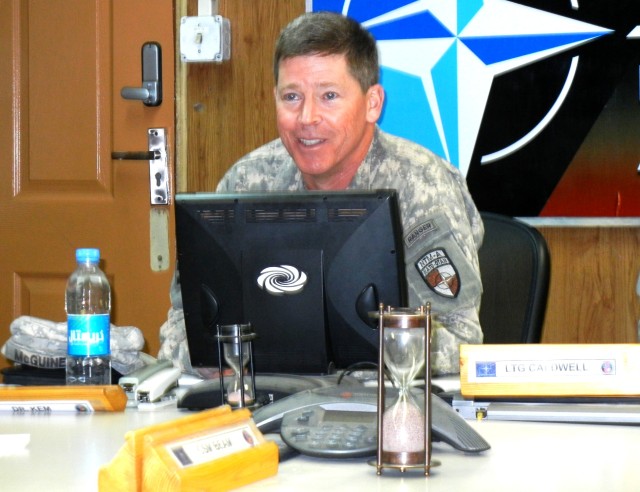
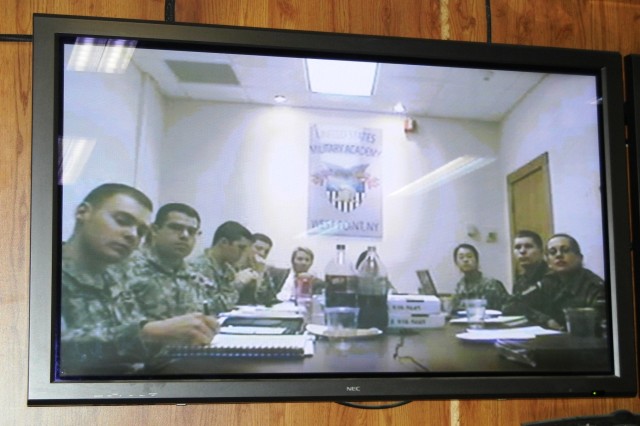
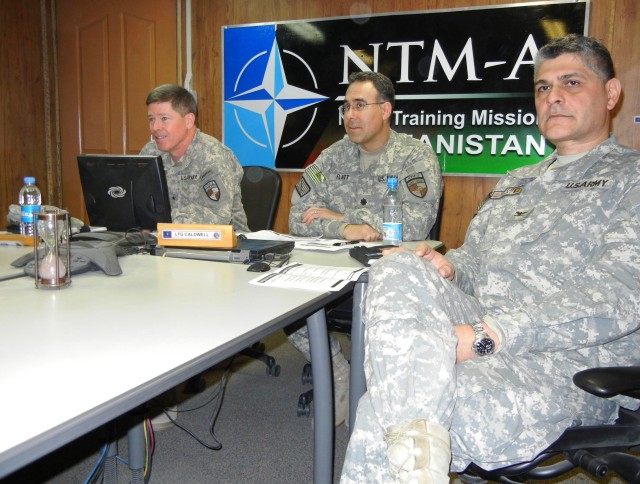
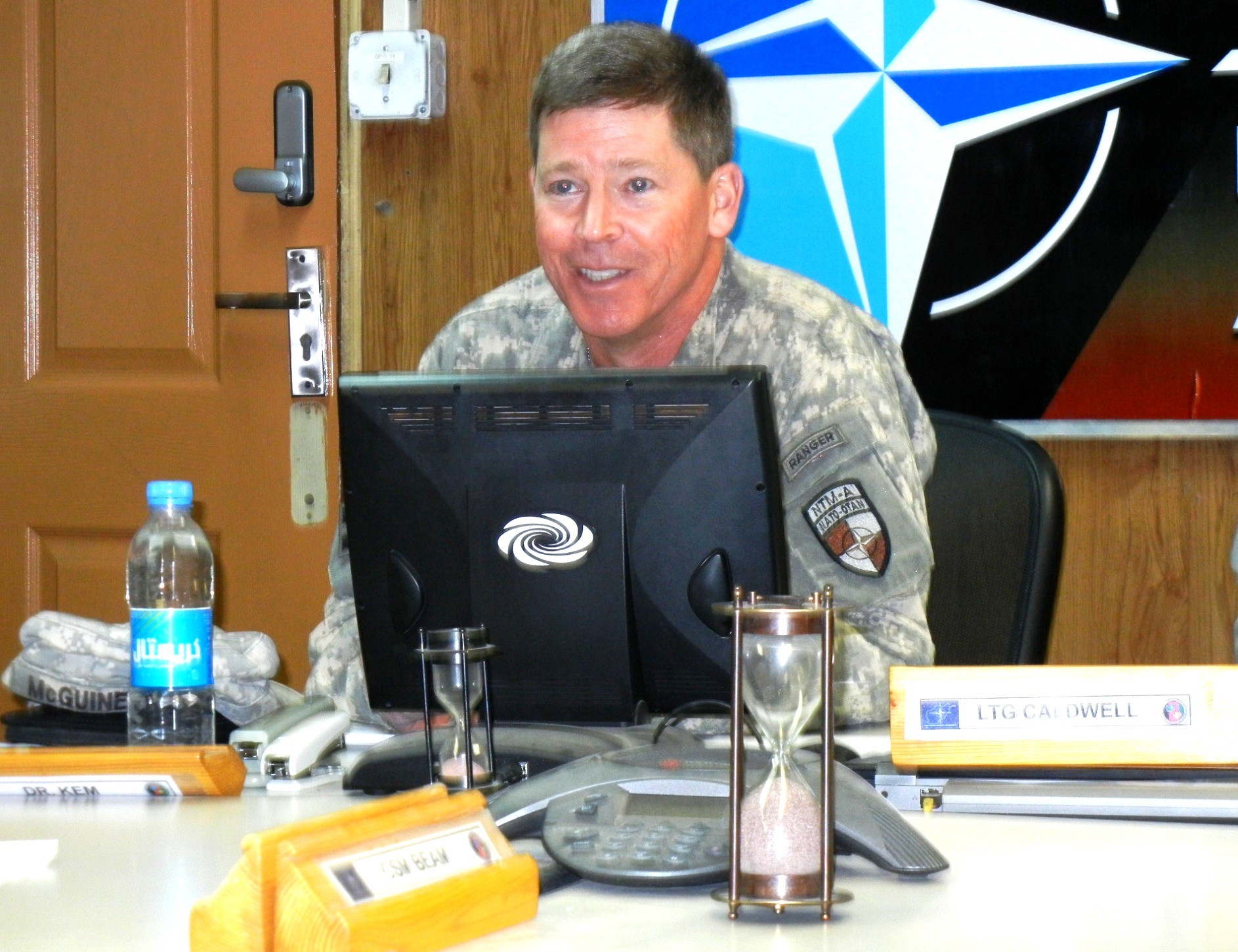
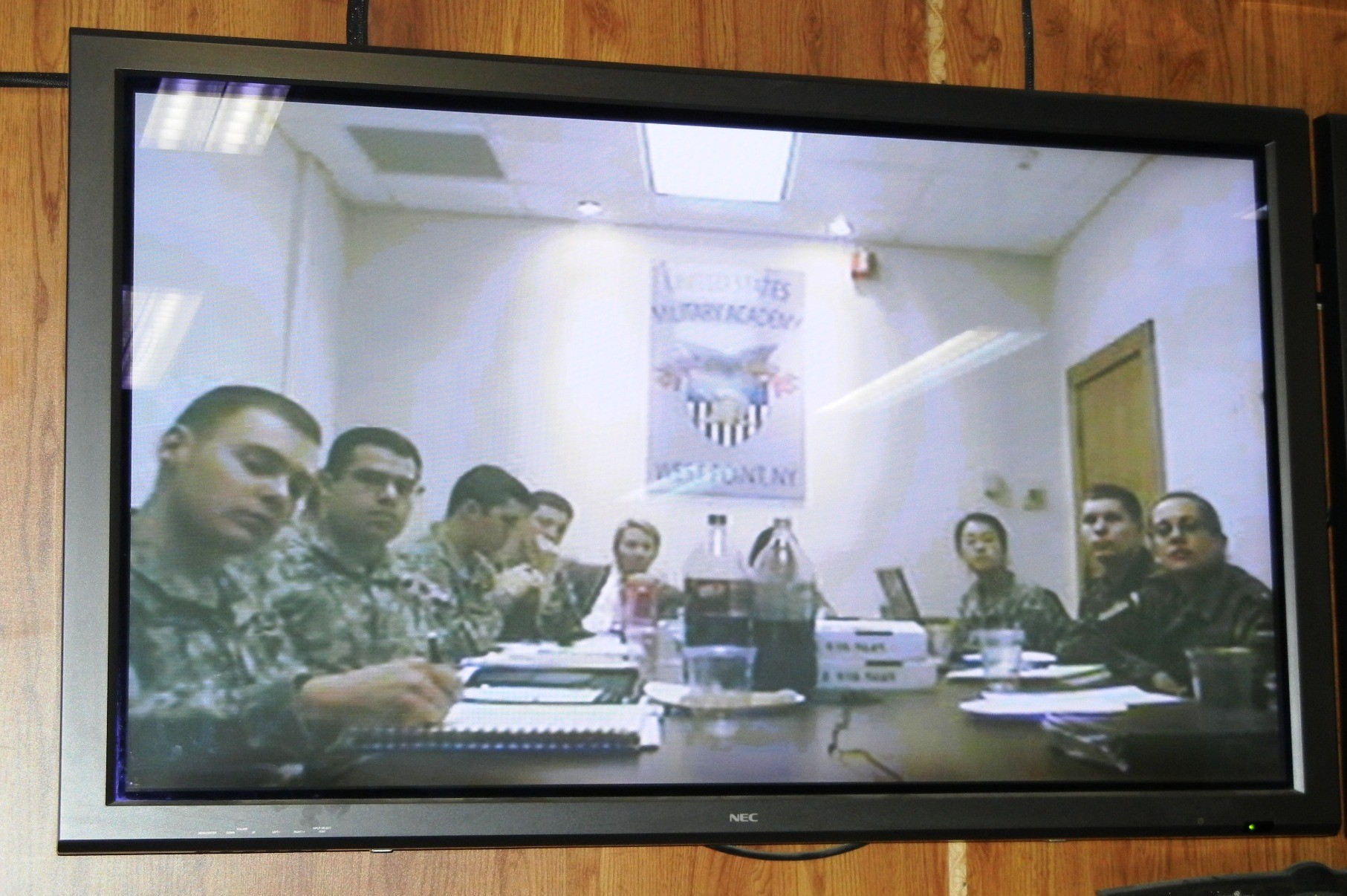
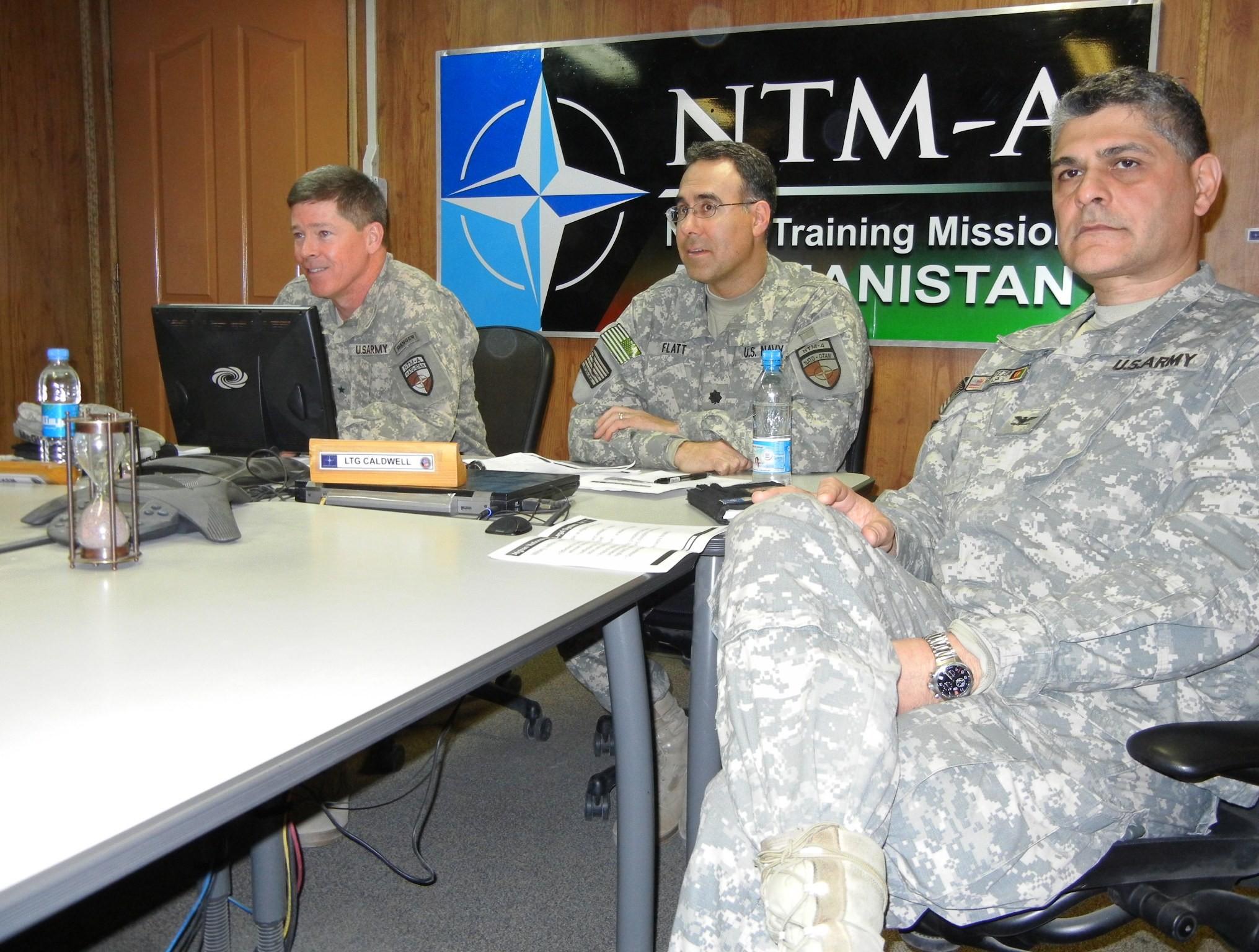
Social Sharing